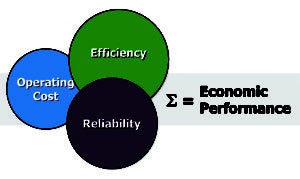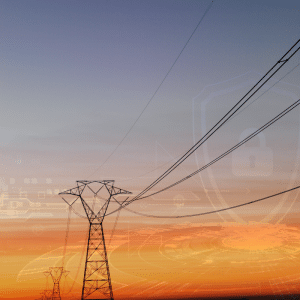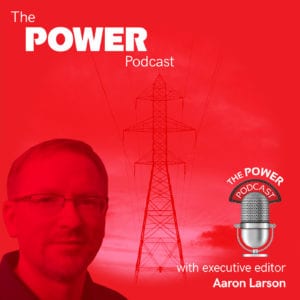reliability
-
Business
Why Resiliency in the Electrical Grid Should Be Measured from the Customer’s Perspective
Reliability performance is core to the utility industry. Utilities strategically design and invest in their system to maximize reliability performance—traditionally measured by System Average Interruption Frequency Index (SAIFI), System Average Interruption Duration Index (SAIDI), and/or Consumer Average Interruption Duration Index (CAIDI). These quantitative metrics largely drive utility investment decisions, shape strategic priorities, dictate regulatory approvals, […]
-
News
Five Emerging Risks That Could Hamper Energy Transitions
At the virtual 2nd Global Ministerial Conference on System Integration of Renewables on Oct. 27, several high-ranking policymakers pointed to a number of localized challenges affecting their countries’
-
O&M
Maintenance Planning and Execution Standards and Best Practices
The equipment and facilities supporting today’s critical infrastructure are vital to modern society. This article provides testing and maintenance tips to ensure systems are kept in top condition. Power
-
Renewables
The POWER Interview: Are DERs an Opportunity, or Threat?
Distributed energy resources (DERs) are physical and virtual assets that are deployed across the power distribution grid. They are typically close to load, and though they initially began as behind-the-meter assets, today may be as likely to be deployed in front of the meter. DERs include renewable energy, and are the key component in microgrids, […]
-
News
Despite Dead DOE Rule, Grid Resiliency Persists as a Major Concern
The U.S. power industry lacks forward-looking ways to measure grid resiliency and traditional reliability metrics could become irrelevant as more intermittent generation inundates the bulk power system. But rather than continually looking backward to learn from ever-increasing emergencies or close-shaves, power system operators must work to cultivate a balanced portfolio that considers all aspects of […]
-
Interview
The POWER Interview: Microgrids Open New Business Models
Microgrids offer an “all of the above” approach to distributed generation, incorporating a variety of technologies into their design. As microgrids continue to evolve, incorporating renewable power resources, fuel cells, battery energy storage, diesel and gas generator sets, microturbines, and other technologies, they also provide the opportunity to expand the business models for power producers. […]
-
Connected Plant
Using Data Analytics to Support Asset Management and Optimization
In the competitive power market that exists today, utilities must utilize data to optimize their assets. With proper analysis, individual units, as well as fleets of plants, can balance operating costs
-
Commentary
Lessons From New Jersey on Power Grid Protection
After Superstorm Sandy pummeled the great State of New Jersey in 2012, more than two million households were without power, many for close to two weeks. A silver lining is that this disaster occurred in the fall, after the heat of summer and before the onset of freezing conditions. With Sandy, New Jersey and the […]
Tagged in: -
T&D
The Importance of a Resilient Power System
It’s hurricane season in the U.S., which runs from June 1 through the end of November, and there have already been three named storms. The most recent was Tropical Storm Christobal, which was the earliest third-named Atlantic storm on record when it formed on June 2. It made landfall in the U.S. along the northern […]
-
Markets
Despite COVID-19, ERCOT Expects Record Summer Demand; Retired Coal Plant May Resume Service
Despite uncertainties posed by the COVID-19 pandemic, the Electric Reliability Council of Texas (ERCOT) again expects to shatter its peak demand record this summer. Factoring in changes to its generation profile, extreme weather, and low wind output, the grid operator expects energy alerts are still possible. ERCOT’s forward-looking projections for capacity, demand, and reserves are murkier, […]










